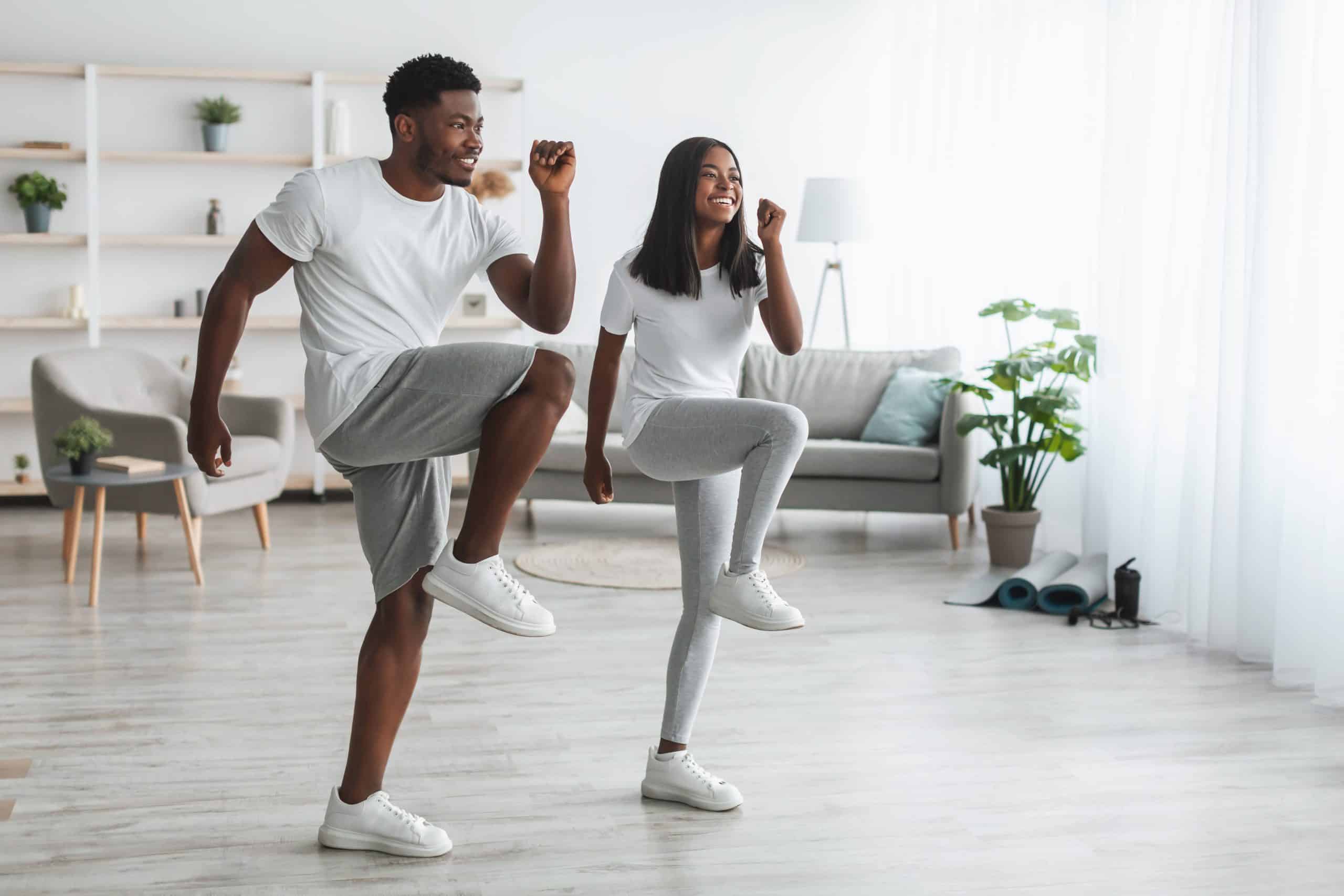
Why Exercise is Important If You Have Diabetes
Staying active is important if you have diabetes. If you have type 2 diabetes, staying active is essential. It helps lower your blood sugar and stimulates your cells to use insulin, the hormone that enables your body to process blood sugar. Any activity can help. Consider the following before dedicating yourself to a fitness regime or enrolling yourself in a gym:
- Talk to your doctor
Always talk to your doctor before committing to a workout. You’ll get guidance on what activities are right for you. You will also know what to do in case of emergencies, what you should bring, and what you should do before and after an activity. Your doctor will also instruct you to measure your blood glucose level before, during, and after exercise. They will also educate you on what you should eat and when to eat to better manage your blood sugar on days when you’re active.
- Explore your options.
You might enjoy yoga classes or even indoor biking sessions but always talk to your doctor about it first. Before enrolling in any class or gym, make sure it suits you. Always choose the one where you will be comfortable and safe. We offer a terrific option for you – a medically-supervised weight loss program called the Premier Wellness Plan. It’s offered exclusively only at Premier Health and Wellness Center of Bermuda.
- Get help from a pro.
Get a certified personal trainer with experience in training people with type 2 diabetes. One or two sessions would suffice to learn how to exercise safely. They can also help you make an exercise and diabetes reversal plan that fits your needs and goals. Working with certified fitness professionals may help you manage your blood sugar better than exercising alone.
Things to Bring to the Gym
You don’t need to wear fancy athletic apparel. All you need are comfortable and breathable clothes and a pair of shoes. Here are the following things you’ll need to bring:
- A bottle of water.
Staying hydrated is crucial if you have diabetes. That’s why you need to keep your bottle of water with you at all times. Also, you can easily refill it, especially if the gym has a water dispenser or a water fountain.
- A diabetes kit.
Talk to your doctor to help you build your diabetes kit. Working out or any physical activity can increase your risks of hypoglycemia or low blood sugar. Some of its symptoms are fainting, dizziness, cold sweat, and nausea. In order to avoid it, you have to stick to a strict healthy diet and careful blood sugar control. Always keep a fast-acting carbohydrate like candy, soda, or a sports drink in case you start to feel dizzy. If you need to take diabetes medication during or after exercise, bring that with you to your workout, too.
The Best Things to Do at the Gym
The American Diabetes Association recommends people with Type-2 Diabetes to a 30-minute moderate-intensity aerobic exercise five times a week. You can do other activities too like jogging, walking, or riding a bike. You don’t have to limit yourself to the gym. They also recommend strength training twice a week by using free weights, weight machines, or resistance bands. If you are new to working out, try doing it 5 to 10 minutes per day and increase it as you get fitter and stronger.
The Best Benefits of Exercise for Type 2 Diabetes:
- It lowers your stress
- It improves your blood flow
- It burns extra body fat
- It lowers your blood pressure
- It boosts energy and mood
- It eliminates bad (LDL) cholesterol
- It increases good (HDL) cholesterol
- It strengthens muscles and bones
- It decreases risk of heart disease and stroke
- It improves your body’s use of insulin that controls your blood sugar
The Best Exercise Tips for Diabetics
1. Don’t limit yourself to the gym. Working out doesn’t have to be a chore, it can also be fun too. Think about something that you wanted to try or something you used to enjoy doing. It could be any sport or even dancing. You can even go swimming too, as long as it raises your heart rate.
2. Get your doctor’s go signal. Inform your doctor of your plans and what you want to do. They can assess if you are fit for it or if you’re ready for it. Your healthcare provider might also need to change your meal plan, insulin, or diabetes medicines.
3. Keep track of your blood sugar levels. Your doctor may require you to check your blood sugar before and after a workout.
4. Bring some snacks. Carry some carbs with you since workouts can lower your blood sugar. It can be a small snack, like a fruit or an energy drink just in case your blood sugar gets too low.
5. Have a workout partner. People with diabetes should never exercise alone. You’ll never know when you may need help if your blood sugar gets too low.
Get the Right Program
Take control of your diabetes with our Diabetes Reversal Program. You’ll learn how to effectively adopt a healthy lifestyle and dietary changes to reduce your carbohydrate intake and increase physical activity. You’ll have a wealth of support from our medical professionals and peers who have the same goal as you.
You don’t have to fight diabetes alone. Get the right program today by calling us at 441-292-5111441-292-5111. Learn more about our Diabetes Reversal Program by visiting our website.
